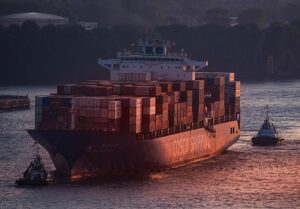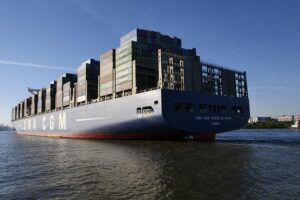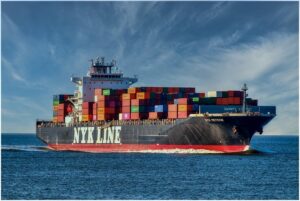Shipping containers are essential for global trade but pose significant fire hazards. To combat this, specialized fire-resistant containers have been developed with advanced steel treatments, insulated walls, and ventilation systems. These innovations slow flame spread, minimize damage, and preserve valuable cargo, catering to intermodal and sea shipping. International standards like ISO regulations mandate structural integrity and fire protection. By integrating fire-resistant features, the industry ensures secure cargo transportation over land and sea, with strategic packing, modifications, inspections, and trained personnel further mitigating risks.
In the world of global trade, shipping containers are essential, but they also pose significant fire risks. Understanding these hazards is crucial to safeguarding sensitive cargo. This article delves into the critical issue of fire safety in shipping containers, exploring the role of fire-resistant materials and construction techniques. We provide best practices for securing valuable goods within fire-safe containers, ensuring peace of mind for shippers and a safer supply chain.
- Understanding Fire Risks in Shipping Containers
- The Role of Fire-Resistant Materials and Construction
- Best Practices for Securing Sensitive Cargo in Fire-Safe Containers
Understanding Fire Risks in Shipping Containers
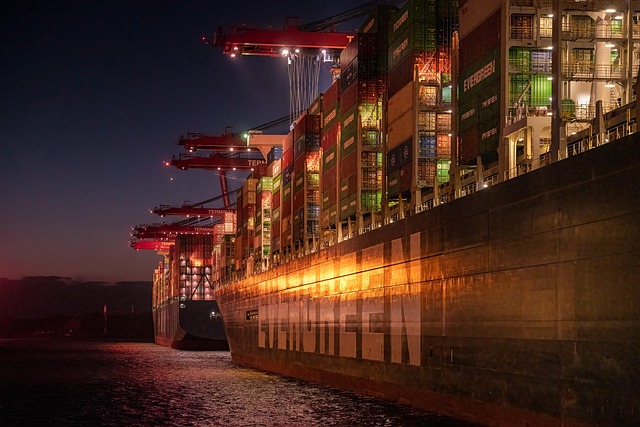
Shipping containers are integral to global trade, facilitating the transport of vast amounts of cargo across land and sea. However, they also present unique fire risks. Within confined spaces, flames can spread rapidly, exacerbated by the presence of flammable materials commonly found in shipping environments, such as wooden pallets, chemicals, and textiles. Understanding these risks is paramount for ensuring the safety of sensitive cargo, prompting the development of specialized fire-resistant shipping containers.
These containers incorporate innovative designs and materials to enhance their structural integrity during a fire. Features like steel construction treated with fire-retardant coatings, insulated walls, and advanced ventilation systems are incorporated into these protective structures. This not only slows down the spread of flames but also minimizes damage to the container itself, preserving valuable cargo and preventing costly delays in intermodal shipping containers, sea shipping containers, and other types of cargo shipping containers. By prioritizing fire safety, the shipping container industry continues to evolve, responding to the evolving demands of global logistics and ensuring the secure transport of goods worldwide.
The Role of Fire-Resistant Materials and Construction
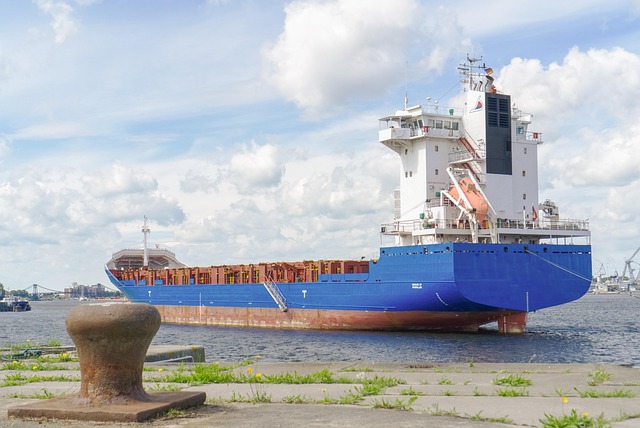
The use of fire-resistant materials and construction techniques plays a pivotal role in safeguarding sensitive cargo during transit. In the realm of shipping containers, where intermodal shipping containers, sea shipping containers, and cargo shipping containers are commonly used, incorporating fire-resistant features is essential to mitigate risks associated with potential blazes. These containers, often made from ISO shipping containers or storage shipping containers, must meet stringent international standards, such as those set by the International Organization for Standardization (ISO), to ensure their structural integrity and protection against fire during transport and storage.
Fire-resistant shipping container manufacturers employ specialized materials and construction methods, including advanced coatings, firewalls, and insulation, to enhance their products’ abilities to withstand flames. The design considerations go beyond the exterior; interior modifications, like adding fire-retardant treatments to linings and incorporating shipping container accessories that promote better ventilation, also contribute to overall fire safety. As the shipping container industry trends towards more efficient and sustainable practices, the integration of fire-resistant features has become a game-changer in ensuring the secure transportation of valuable cargo, be it over land via shipping container transport or across oceans on sea shipping containers.
Best Practices for Securing Sensitive Cargo in Fire-Safe Containers
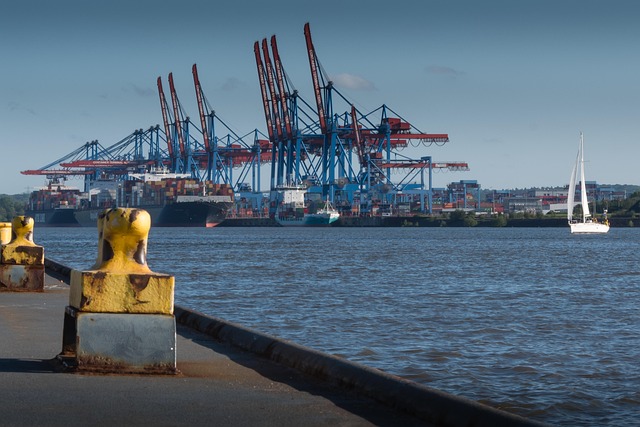
When securing sensitive cargo within fire-resistant shipping containers, best practices involve several strategic steps. Firstly, ensure that all containers are certified for fire resistance by reputable manufacturers like those in the ISO shipping container industry. These containers are designed to withstand intense heat and flames, providing an extra layer of protection during transit. Secondly, properly pack and secure the cargo inside. Utilize shipping container accessories like fire-retardant packaging materials and specialized storage solutions to minimize movement and potential damage. Distribute weight evenly to avoid excessive stress on any one area, especially corners and edges.
Additionally, consider shipping container modifications to enhance safety. Fitting flame retardant coatings or treating materials with fire-resistant chemicals can further reduce the risk of combustion. Regularly inspect and maintain these containers, checking for signs of wear and tear that might compromise their integrity. Keep records of maintenance activities and ensure all personnel handling the containers are trained in proper shipping container logistics and safety protocols. This meticulous approach ensures that sensitive cargo remains secure during its journey, leveraging the capabilities of intermodal shipping containers, sea shipping containers, and cargo shipping containers to mitigate fire risks effectively.
Fire-resistant shipping containers play a vital role in protecting sensitive cargo from potential fire hazards during transportation. By utilizing specialized materials and construction techniques, these containers offer enhanced safety features that mitigate risks associated with flammable substances or electrical failures. Implementing best practices for securing cargo within these fire-safe vessels is essential to ensure the integrity of goods and peace of mind for shippers and carriers alike. Investing in fire-resistant shipping containers is a strategic move toward a safer and more secure global supply chain.


